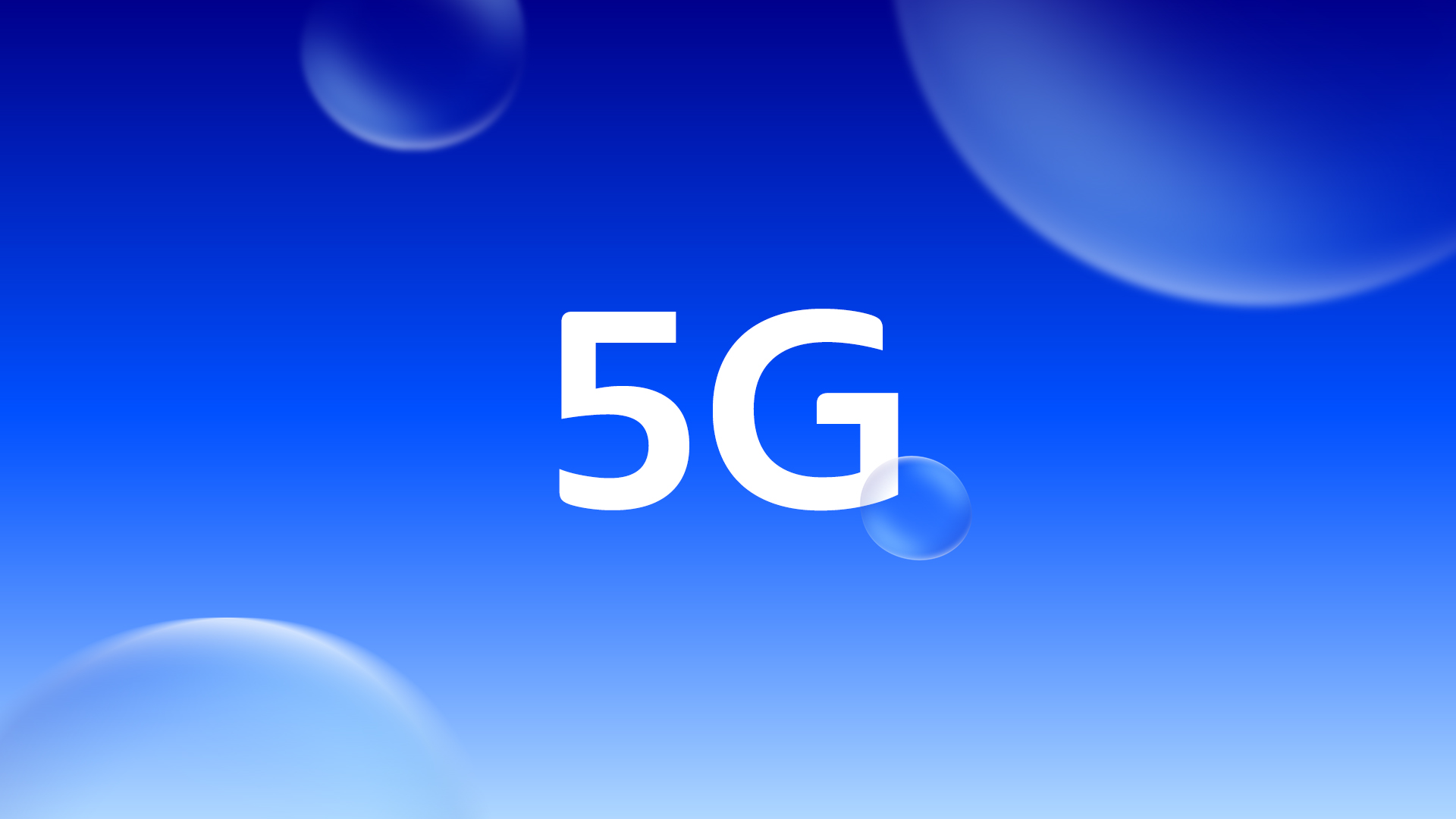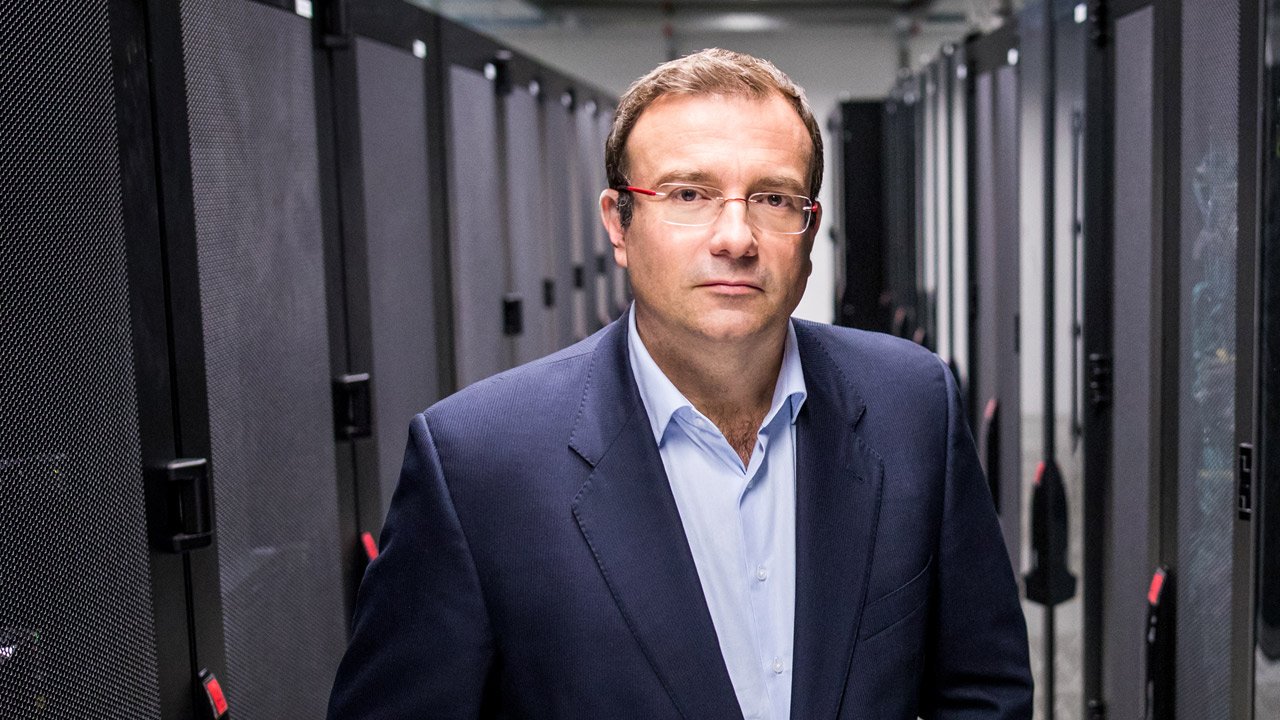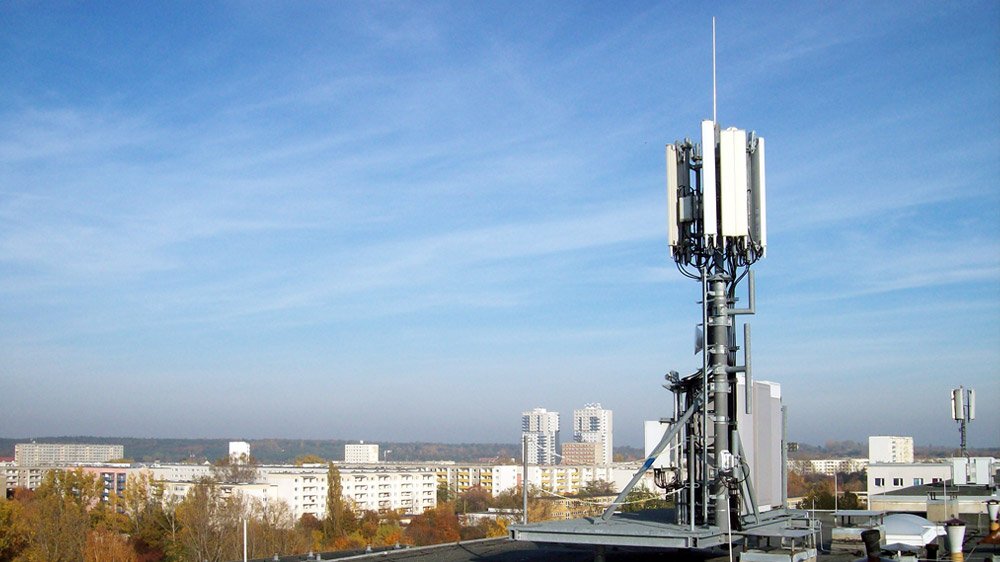19.12.2018
Nokia and Telefónica Germany built up joint “Early 5G Innovation Cluster” in Berlin:New cellular sites will enable developing and testing new 5G services

Nokia and Telefónica Germany have completed building their joint “Early 5G Innovation Cluster” in Berlin. The “Early 5G Innovation Cluster” incorporates five sites in Telefónica’s cellular network in Berlin-Friedrichshain. These sites, equipped with Nokia 5G Airscale radio and Wavence Microwave technology, will be used in the next months primarily to test and measure the performance and coverage of first 5G services in a dense urban area.
Today's announcement follows a Memorandum of Understanding (MoU), signed earlier this year, in which both companies agreed to test network solutions and technologies on the path to 5G. The innovation cluster in Berlin provides a platform to test the performance of Nokia’s 5G technology under real life conditions and subsequently trial specific services with subscribers in Telefónica Germany’s network. One of the main aspects is the development and testing of 5G services, both for Industry 4.0 and enhanced Massive Broadband (eMBB) use cases.

Cayetano Carbajo Martín
Cayetano Carbajo Martín, CTO of Telefónica Germany: “With our joint Innovation Cluster in Berlin we push the further development of 5G forward together. Nokia’s portfolio will enable testing the newest technology to keep moving forward fast with 5G in our network.”
Detlev Otto, customer team head for Telefónica Germany at Nokia: “The ‘Early 5G Innovation Cluster’ with Telefónica Germany is an important item on our joint innovation agenda. The insights we will gain from this cluster, located in a dense urban environment, are going to help both companies in preparing for 5G roll-outs and developing new services for Telefónica’s subscribers.”
The enhanced Microwave technology tested in the innovation cluster is playing a key role as transport technology providing backhaul for dense 4.5G, 4.9G and 5G networks. Microwave backhaul (connecting a radio cell via radio to the network) is typically used to link small cells to fiber access points. Nokia Wavence microwave supports multi Gigabit throughput and Carrier SDN (Software Defined Networking), providing a higher degree of automation in the network.

Before being deployed in Telefónica’s live network, all equipment was tested successfully end-to-end in the company’s laboratory in Munich. Nokia’s Wavence microwave solution showed data rates of 2 Gbit/s with Dual Band technology at 18 und 80 GHz, which can be software-upgraded to 10 Gbit/s. The tests also included Carrier Aggregation on the Nokia AirScale radio access technology. By using more than one carrier frequency, data throughput can be significantly enhanced.
The “Early 5G Innovation Cluster” will utilize five carrier aggregation for download and two carrier aggregation for upload to achieve high throughput rates.